If it would be possible for a virtuoso reedman to step out of a jazz 78 in a kind of “Purple Rose of Cairo” moment, that person would be clarinetist Dan Levinson. He has been performing for over 30 years, but he has been performing music that dates back to the ’teens (the 1910s, that is), faithfully recreating the original styles even as he adds his own original voice to the mix. That’s why the New York-based musician has been in international demand, a jewel in any ensemble that hires him.
He’s also a leader in his own right, his versatility proved by some 200 recordings as a sideman and over a dozen recordings as a leader, many of those featuring vocalist Molly Ryan, whose deft way with a song is also in keeping with vintage jazz traditions. But let Dan tell that story:
“I was performing with the Reynolds Brothers Rhythm Rascals, which was led by Ralf Reynolds and John Reynolds, who are the grandchildren of Zasu Pitts. We were at the Sacramento Jazz Jubilee, where Molly’s father was a volunteer sound engineer. And the Reynolds brothers had invited her to sing with the band. So I met her when she was sitting in with them. For me, it was like when a cartoon character’s eyes bulge out—she was a dream. And it was not only physical but also something about the way she sang. She didn’t do the jazz inflections that for me have been such a turn-off over the years. I mean, if Molly had gone up there and done a scat chorus, we wouldn’t be together.”
They stayed in touch, writing to each other for a couple of years. “And then in 2003 she moved to New York and we were living together, and we got married in 2008. And our daughter Aven was born in 2016.” He confesses that it can be a challenge raising a high-spirited six-year-old when you’re 57, but he’s delighted to be a dad.
We know Dan best as the early-jazz devotee who worships Benny Goodman (and has led many a tribute concert with unrivaled accuracy), a longtime member of Vince Giordano’s Nighthawks, and a leader of a variety of ensembles that recreate the lineup and repertory of groups from the first half of the 20th century. There’s the seven-piece Swing Wing, modeled after a Paul Whiteman ensemble; the Palomar Quartet, recreating the classic sound of the Benny Goodman Quartet; the Bix Centennial All-Stars; the Canary Cottage Dance Orchestra, a six-piece group playing the “rag-a-jazz” of the 1910s; the Roof Garden Jass Band, which echoes the Original Dixieland Jazz Band; and Fête Manouche, capturing the spirit of Django Reinhardt. He also has issued CDs saluting Bix Beiderbecke, Artie Shaw, and other notables. And he’s proud of the CD One Step to Chicago, which took a 30-year journey from its recording to its recent release.
“We recorded it on July 31, 1992, one day after a concert we performed as part of the Dick Hyman ‘Jazz in July’ series at the 92nd Street Y. Hyman chose me for the Chicago Jazz program, saluting Frank Teschemacher, I think because Teschemacher himself had limited facility on the instrument, hadn’t been playing very long. And neither had I. Hyman had Ken Peplowski and Kenny Davern on the concert, but he didn’t think they were right for the role of Teschemacher, so he got the music to me a few months in advance, I practiced the hell out of it. And come the rehearsal in June, he invited legendary producer George Avakian, who said, ‘We need to record this session.’ We showed up at 10 AM at the studio the day after the concert, some looking better than others. Remember Bud Freeman’s line when he arrived at 10 AM for the Great Day in Harlem photo shoot? ‘I didn’t even know there were two 10 o’clocks in one day.’”
[Also Read: Unearthing and Restoring One Step to Chicago: The Never-Before-Heard Album from Legendary Producer George Avakian]
Dan Levinson didn’t start out as an instrumentalist in search of music to play; his obsession was the music itself, “and I knew I wanted to find more of it. I knew some ragtime piano, I played some rock guitar. But I didn’t start playing clarinet until I was 20. I wanted to play a frontline instrument in a traditional jazz band, but even then it took me a while to get into the groove of practicing.”
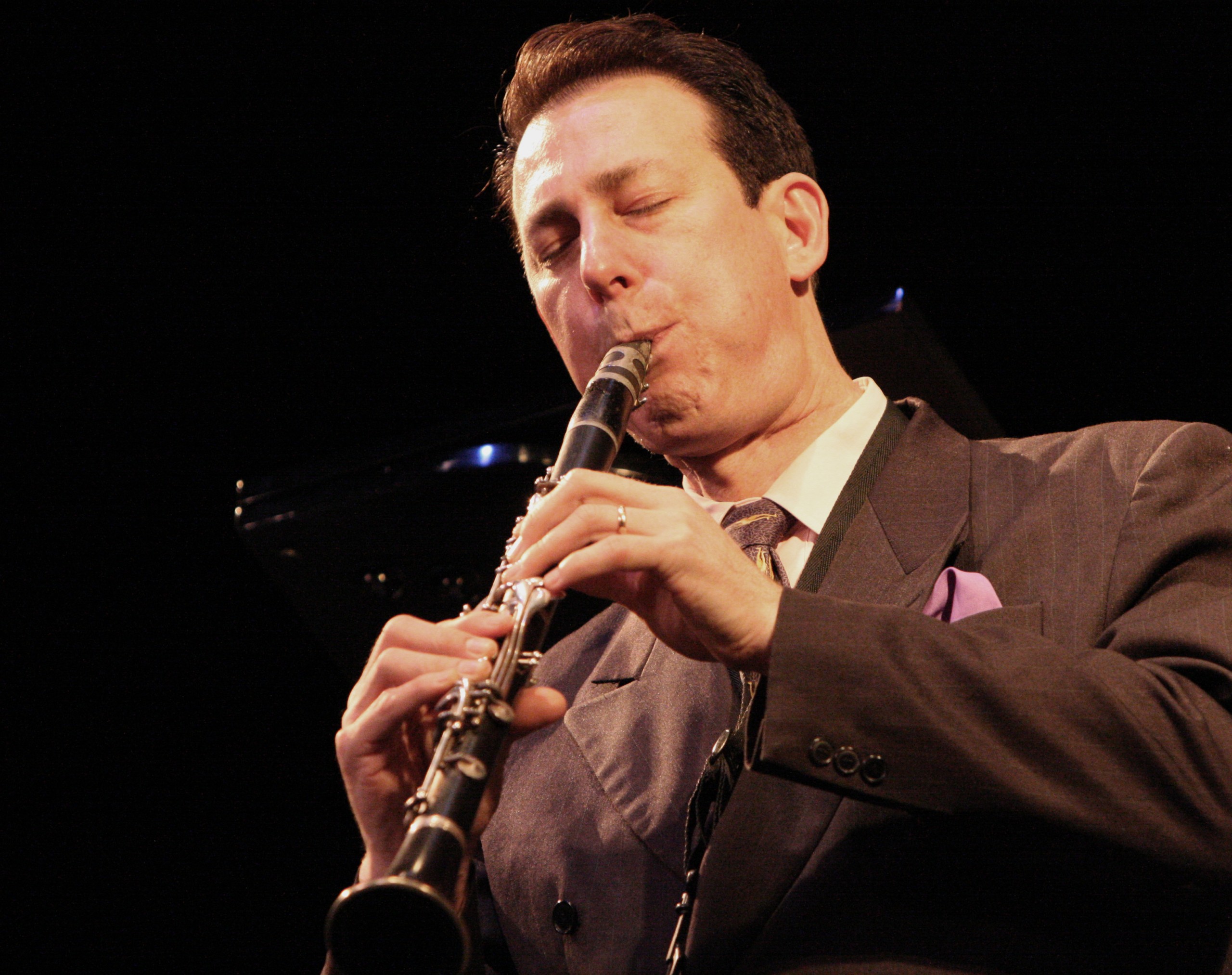
Dan’s discovery of the music came in 1981, when he was about 16. “I was a fan of contemporary rock music at the time, but I didn’t like the electronic music that was coming in. I was also at the age when you’re trying to discover who you are. I was living in Brentwood at the time and I started taking tap-dancing lessons and taking ragtime piano lessons and then getting interested in acting.”
Vintage music wasn’t readily available, but he found records to borrow from the Santa Monica Public Library, “and an RCA Victor reissue from the ’50s started off with Louis Armstrong and Jack Teagarden’s version of ‘Rockin’ Chair’ and had a nice assortment of good material on it. The last track was the Original Dixieland Jazz Band’s ‘Livery Stable Blues,’ from 1917. That one just knocked me out. I felt like I’d discovered a hidden treasure, and played it for other people, thinking they’d agree. They hated it.”
But he was even more consumed by an interest in theater. “That was my first real love, and it’s centered in New York. I grew up in Los Angeles and Hollywood, which didn’t seem like anything spectacular. Maybe if I’d grown up in New York, I would have gotten interested in movies.”
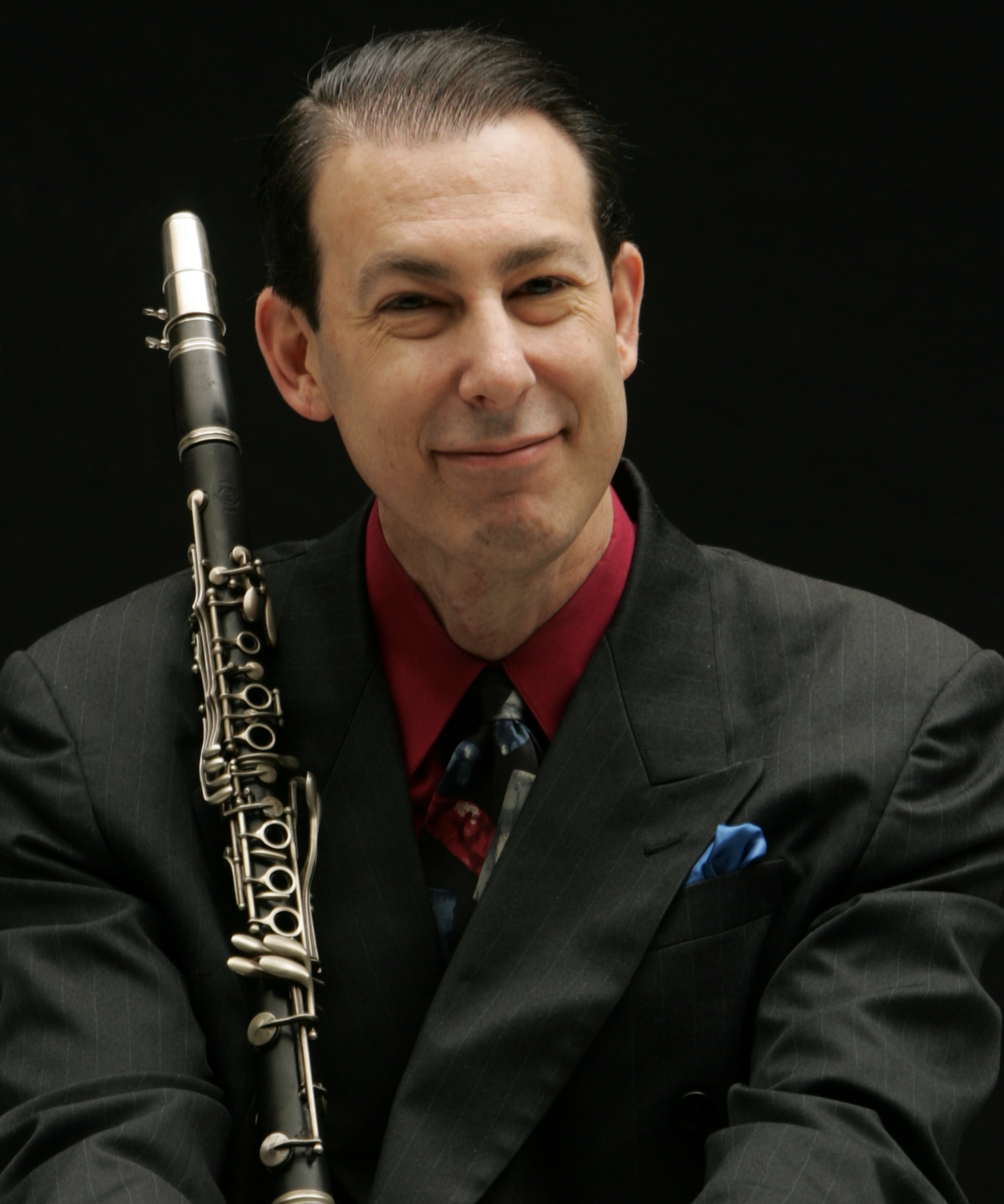
As it happened, movies were a large part of Dan’s life. “It’s funny what people think when I say that my father was a Hollywood producer,” he explains. “It was not that glamorous at all. My dad got out of the army in the late 1950s and didn’t know what to do with his life. A friend of his said, ‘Well, you’ve always loved films, maybe you could get work at one of the studios.’ So he got himself a job in the mailroom at Universal Studios. Then he entered the Directors Guild’s Assistant Director Training Program—entered it the year I was born, 1965—and began working as a second assistant director, and then an assistant director. And in 1974, he began his first job as a production manager. I think that was on Harry and Tonto. Some of the other pictures he worked on as an assistant director included Shampoo and Sweet Charity.
“My father got me a couple of one-liners in films he was working on so I could get my SAG card. The first one was Teachers. I went to Columbus, Ohio, and had a scene in the restroom where JoBeth Williams runs into the men’s room where I’m in a stall, and I open the stall door and see her and say, ‘Oh, excuse me.’ I ended up on the editing room floor. Later that year, I got a line in a movie called Poison Ivy, which starred the then-unknown Michael J. Fox and Nancy McKeon. I played a camp counselor. But by that time, I knew I wasn’t going to go in that direction.”
His favorite of his father’s films is My Favorite Year, directed by Richard Benjamin, on which Art Levinson was a unit production manager. “I got to hang out on the set at MGM. I would go from school to this set to watch them shoot that movie with Peter O’Toole, Mark Linn-Baker, and Adolph Green. Dad worked steadily until 2003, and then the work dried up, just as he turned 70. He wasn’t in demand anymore. He lived another twelve years and died in 2015.”
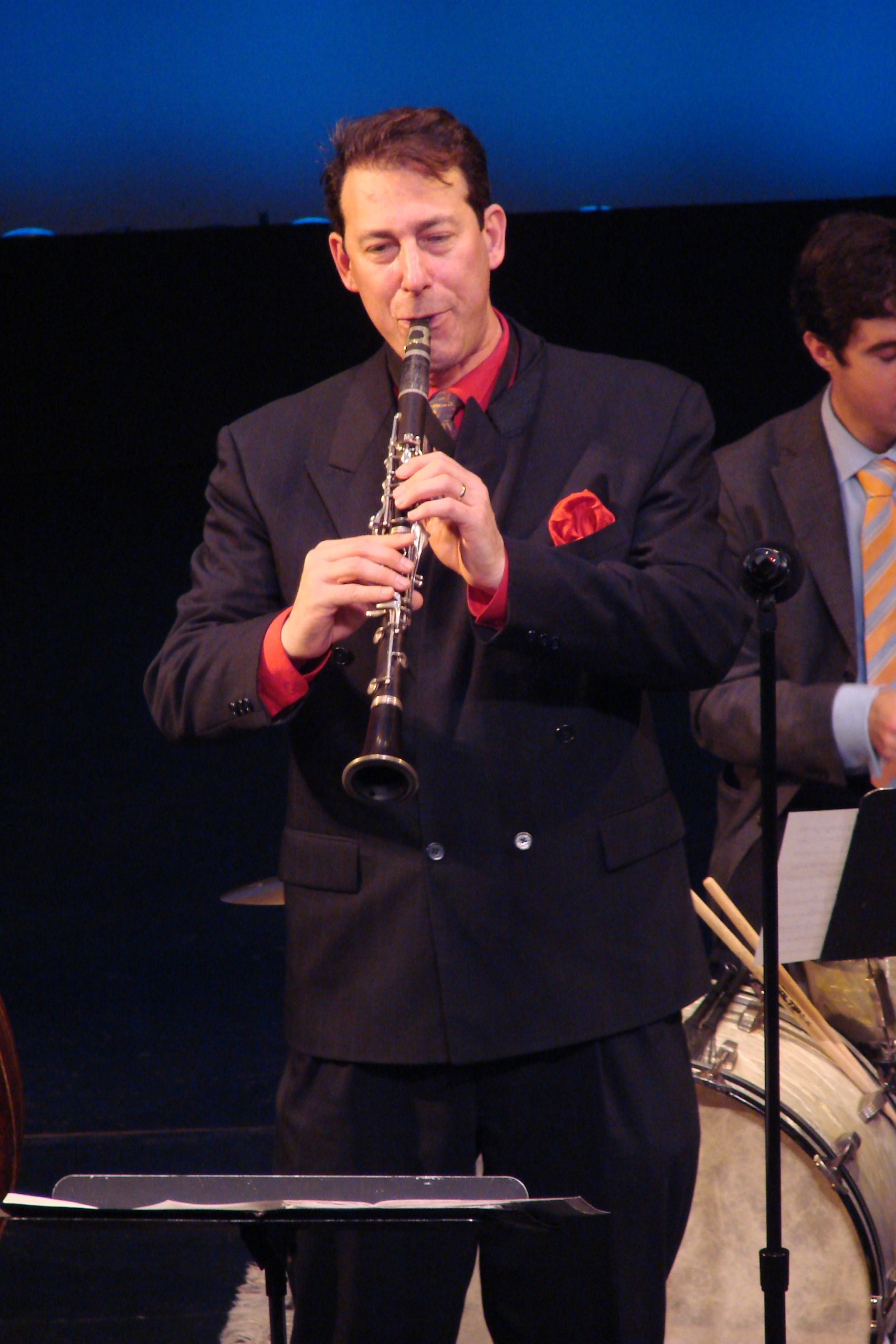
Dan first visited New York in 1981, when his father was shooting My Favorite Year, “and I fell in love with the city.” He got into NYU, which had two musical-theater departments, “which I didn’t know at the time. There was the Tisch School of the Arts, which had the main drama department, but in the early ’80s they decided that musical theater was not a direction that they wanted to go in. I told them I wanted to do musical theater, but the two schools were feuding at that time, so they didn’t tell me that I should try the other school. What they said to me was, ‘Well, we don’t have much in the way of musical theater, but we’ll put you in Circle in the Square,’ which had the last vestiges of the musical theater program they were phasing out.”
Simultaneously—and fortunately—he was growing more and more interested in traditional jazz from the 1920s. “By 1985, I was at a crossroads. I didn’t play an instrument, but I decided I wanted to play jazz. And I was also looking at my life, graduating in three years and knowing that I wasn’t going to have any support from my parents once I got out of college. So I went into high gear and started practicing the clarinet—and meeting people.” Among them was trombonist Dan Barrett, with whom he is still a great friend. “He became a mentor and a hero of mine, and he was also one of the only people who acknowledged my existence back then.
“I tended to be Mr. Cellophane. My Dad took me to Eddie Condon’s when he first visited me in New York in December of 1983.” This was a small jazz club on West 54th Street following in the tradition of renowned guitarist and party host Condon, who died in 1973. “Condon’s stayed open for another two years and I was a regular there. Nobody ever seemed to notice me. And then one day, Dan Barrett was subbing for the regular trombonist, and he got off the stage and said, ‘You seem kind of young to be listening to this music.’ I said, ‘This is the only music I listen to. I love this music.’ He asked if I played an instrument and I said I was thinking about the clarinet. So he invited me to his apartment and made me tapes and told me what to listen to, and was a great influence on me.”
This was also around the time that Dan met clarinetist James “Rosy” McHargue. “He lived in Santa Monica, and during one of my visits there, my father said, ‘There’s a fellow who has a regular gig at a place nearby, and I was thinking maybe you’d like to go hear him.’ He was playing at an old place called Sterling Steakhouse on Ocean Avenue, overlooking the water. Rosy had a Dixieland band, and played every Friday and Saturday night till two in the morning. And I went there and I met Rosy and he was very warm and, friendly. Then, the following spring, in 1985, I went back on my own and re-introduced myself, and said I was just starting the clarinet. And he said, ‘Come over to the apartment tomorrow and we’ll listen to some records.’”
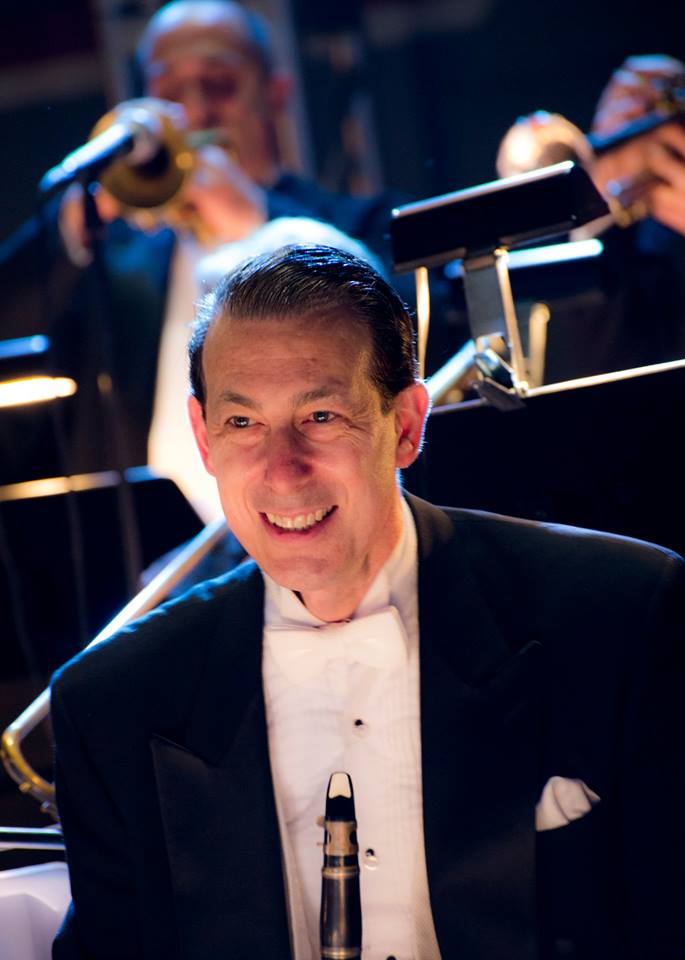
McHargue was born in 1902 in Danville, Illinois, and moved to Chicago in his teens and began working with jazz musicians when jazz was still young. “He heard the records of the Original Dixieland Jazz Band on his mother’s Victrola and wrote out Larry Shields’s clarinet parts—as they came out! And he became a huge fan of the Memphis Five and Miff Mole specifically, and Bix Beiderbecke—those were his heroes, and he got to know these guys from being on the scene with Benny Goodman, Red Nichols, Jimmy McPartland, throughout the 1920s, and he was around Chicago when all this stuff was happening. He was there. He played with Ted Weems in the ’30s, then moved to California in 1943 when the recording ban forced a lot of musicians out of New York. He joined Kay Kyser’s band, played with Eddie Miller, Red Nichols, and then in the early ’50s, Rosie was part of a TV show on KTLA Channel Five called the Dixie Showboat. And he led his own band from 1952 until the year he died, which was 1999. He was 97, and he was playing right up until the end.
“So I met him when he was only 82 years old. I went to his house realizing that I was sitting with a legend who had known all the great jazz musicians. And he would play 78s for me. None of them had sleeves. They were just stacked vertically and he’d pull one out and play it and say, ‘This is Beiderbecke, this is Miff Mole, this is Larry Shields.’ He taught me who the musicians were and what good music was—and what I shouldn’t be listening to.”
Another significant meeting set Dan on the course he still travels today, and it began with a pair of LPs recorded by Max Morath, a pianist and singer who is best known for his ragtime performances—but who performs all manner of vintage songs. The mid-’70s Vanguard records were Irving Berlin: The Ragtime Years and Jonah Man: A Tribute To Bert Williams, which Levinson listened to over and over. “And one day I decided to find him. I called Information and they gave me his phone number. I had some balls in those days. I called the number and said, ‘You don’t know me, but my name is Dan Levinson. I’m learning to play the clarinet. I live in Manhattan. And I’ve just been listening to Jonah Man and your Irving Berlin ragtime album, and those are two of my favorite albums of all time. And he said, ‘Well, we have something in common, because those are my two favorite albums, too. And they’re also the ones that went out of print the fastest, which means that the public didn’t like them.’
“And then he said, ‘I’m doing a show at St. Peter’s Church, called Living a Ragtime Life, and I’d be happy to give you a couple of tickets.’ I went to the show and I met Max, and I also met Dick Hyman there. Max next invited me to his show at the 92nd Street Y as part of Hyman’s ‘Jazz in July’ series. And he invited me to his apartment to have coffee and talk about music, and at one of those meetings, he said, ‘Dick Hyman lives upstairs, and he’s looking for a personal assistant. Is it a job you’d be interested in?’ Well, it was April 1987. I was due to graduate from NYU the following month. I had no idea of what I was going to do, where I was going to live, or how I was going to earn a living. Max set up an interview with Dick Hyman and I got the job. I held it for six years, even though one of those years I spent in Europe, and six months in New Orleans, but every time I came back, Hyman said, ‘Whenever you want it, the job is yours.’
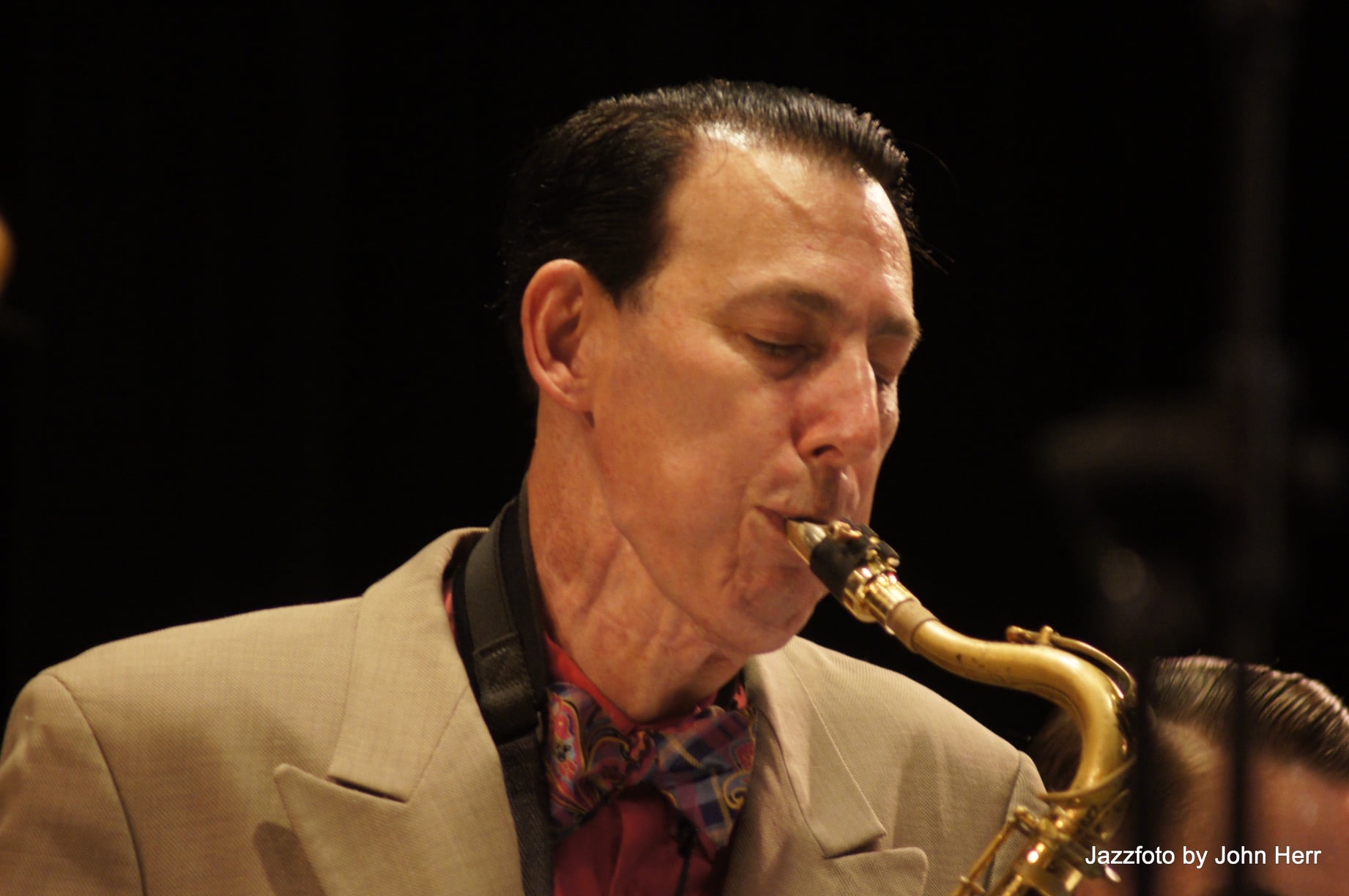
“He was supportive of everything I wanted to do, but he also influenced me in other ways. He said, ‘You can’t make a living playing clarinet like Larry Shields. You also have to play the saxophone.’ And I said, ‘Well, Benny Goodman didn’t play the saxophone.’ And Hyman said, ‘First of all, Benny Goodman is Benny Goodman. And secondly, he did play the saxophone before he started leading his own band. You need to play the saxophone.’ So I got an alto in 1988.”
During the ensuing decade, Dan’s fortunes blossomed. “In 1998, I had my picture on the cover of The Mississippi Rag, which was the predecessor to The Syncopated Times. And I seemed to be getting a lot of really big jobs that year. I had been playing ‘Jazz in July,’ with Dick Hyman every year, but always as a member of Vince Giordano’s band. And for the first time I was a featured soloist with a bunch of my clarinet heroes, Kenny Davern, Ken Peplowski, Walt Levinsky, Allan Vaché, on a program called ‘Licorice Shticks.’ And then—this is where the diminished chord comes in—I was diagnosed with throat cancer.
“I was 33 years old. The only symptom I had was a small bump on my jawline, which got larger, and eventually I had swelling in my neck. It took me about six weeks to get an appointment to have that bump removed and biopsied. The doctors who diagnosed me at the time said it’s not something we see in 33-year-olds. It was an anomaly.
“It was most likely HPV, which you can get in a variety of ways. In fact, about 75 percent of the population has HPV and we just walk around with it. The first doctor I saw was going to perform what they call a median mandibulotomy, where they break open the jaw to access the primary at the back of the throat. And in doing so, they split the lip, and then they sew it back together and—you’re messed up. So I was all set to have that done, I had a date for surgery—but I have a cousin who’s a pathologist, and she said, ‘I want you to see Mark Urken at Mount Sinai. He’s one of the top surgeons in the country, so I’d like you to get an opinion from him.’
“He wasn’t taking new patients at the time, but thanks to my cousin, he got me in and they did another biopsy and more tests and confirmed the diagnosis. He said, ‘I’m going to give you another option for treatment, which is just to do surgery, to remove the metastasis in the neck and remove lymph nodes and take out the sternocleidomastoid muscle and then we’ll treat the primary with radiation and chemotherapy.’ I asked him if he’d ever performed a median mandibulotomy on a clarinetist and he said no. ‘Then you don’t know if I’d be able to play again,’ and he said, ‘I don’t.’ So I opted for the second option, and I owe my career to Mark Urken and his associates for saving not only my life, but also my career.”
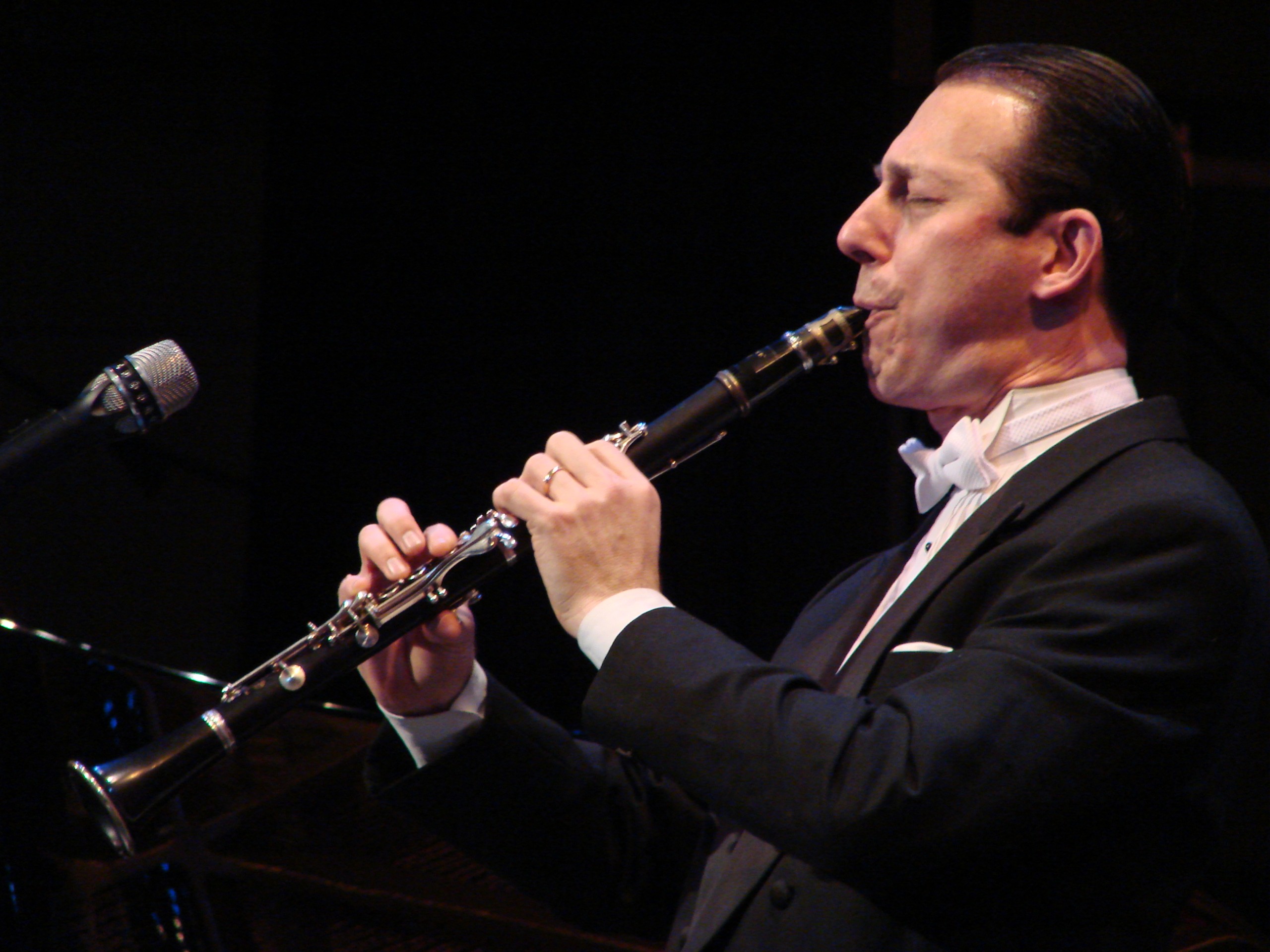
Dan’s path had crossed casually with Vince Giordano’s during those early New York years, but he got to know the bandleader and score-collector better while working for Dick Hyman. “And he knew I was interested in old music, so Vince also hired me to work at his house doing music copying and some filing. My dream was to play in the Nighthawks, but I’d only been playing for a couple of years at that point. Vince was nice enough to let me make photocopies of the more challenging solos.
“It wasn’t until 1991 that I did my first performance with the Nighthawks. He had two bands, and Vince was out with the A band. I played with the B band. I was terrible. I think if he had been there he never would have hired me again. Then I got an offer to go to New Orleans to play with a band down there, so I lived there for six months and got my fill of that, and that’s another story for another time.
“I got a phone call from Vince in April 1992. He said, ‘I have an opening on tenor saxophone in my band, and I think you’d be perfect for it.’ So I moved back to New York and joined the Nighthawks. It was a little rocky at first, because he’d fired a bunch of musicians and they took it to the union, so I wasn’t able to play all of the dates I was originally supposed to play. And moving back to New York meant I had to re-start my career. You don’t just come back and say, ‘Hey, everybody, I’m here again.’ But I’ve now been able to play my dream job for nearly 30 years.”
As with all performing musicians, Dan’s work essentially evaporated during the Covid years, but, kept afloat by pandemic money, he was able to turn to more active fatherhood and to spend more time with his own recorded music collection. He has turned from seeking the restoration work of others to doing his own work bringing rare and classic 78s back to life. And forget Spotify: he travels with a portable hard drive containing thousands of hours of his favorite tunes.
But performances are slowly returning. In September, he performed again with the James Langton’s New York All-Star Big Band at the Morristown, NJ, Jazz and Blues Festival; October dates included a tribute to Ian Whitcomb in Canoga Park, CA, and a return to Morristown for a benefit concert at the Bickford Theatre. As is true for so many performers, there’s a struggle between the homebody and the star, but it’s the star who makes money. “So I guess I am looking forward to being on the road again,” he says.
Visit Dan Levinson online at www.danlevinson.com.
B.A. Nilsson is a freelance writer and actor who lives in rural New York. His interest in vintage jazz long predates his marriage to a Paul Whiteman relative, and greatly helped in winning her affections.






















